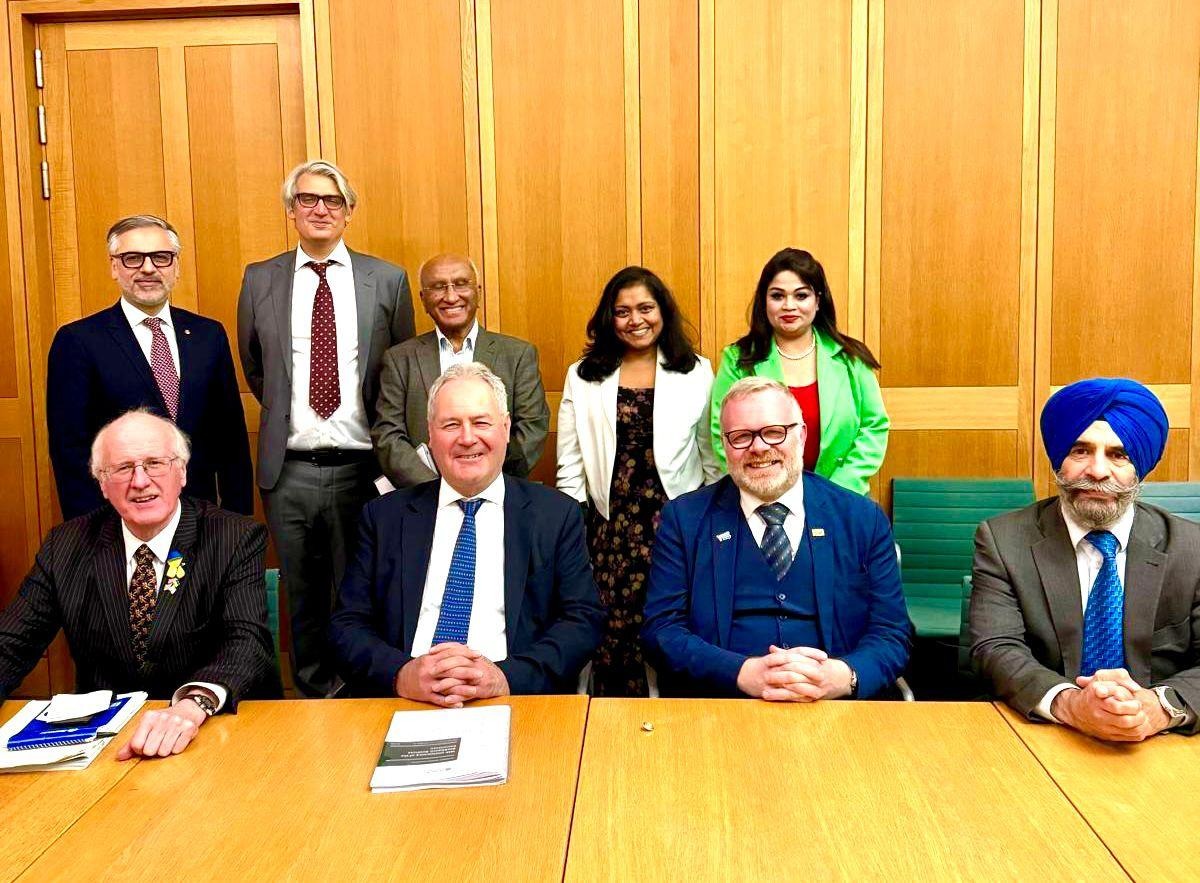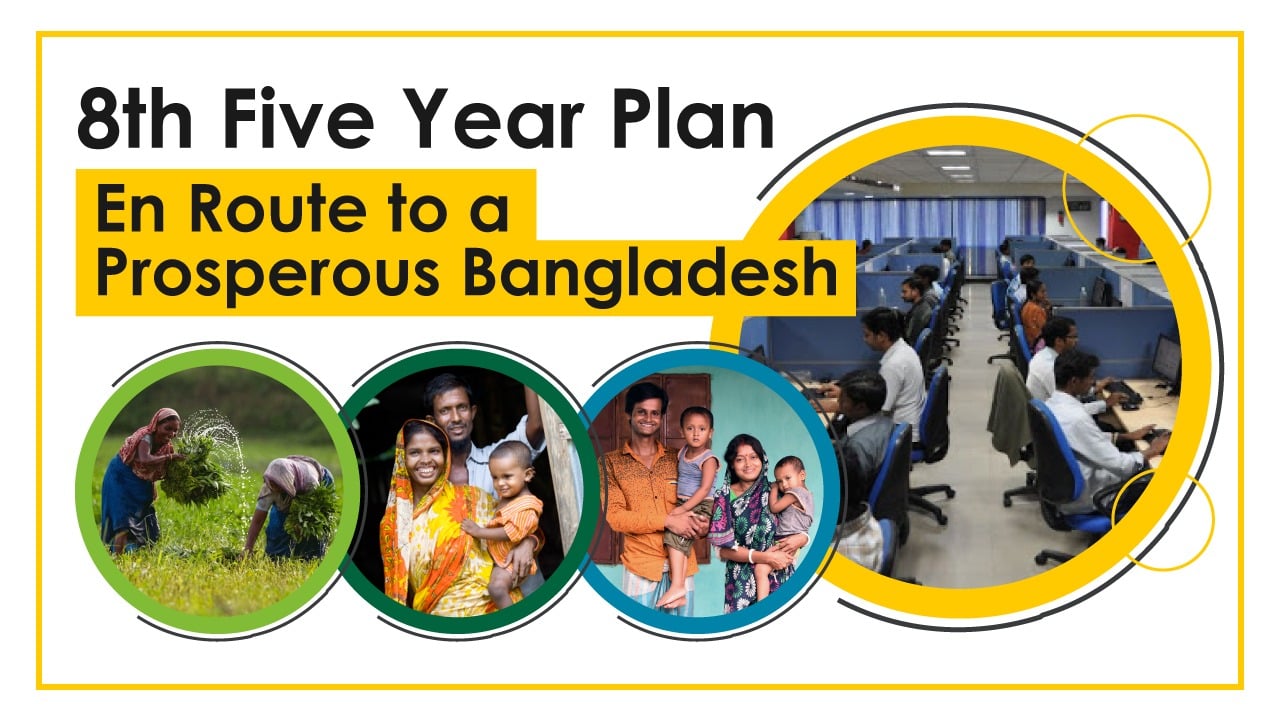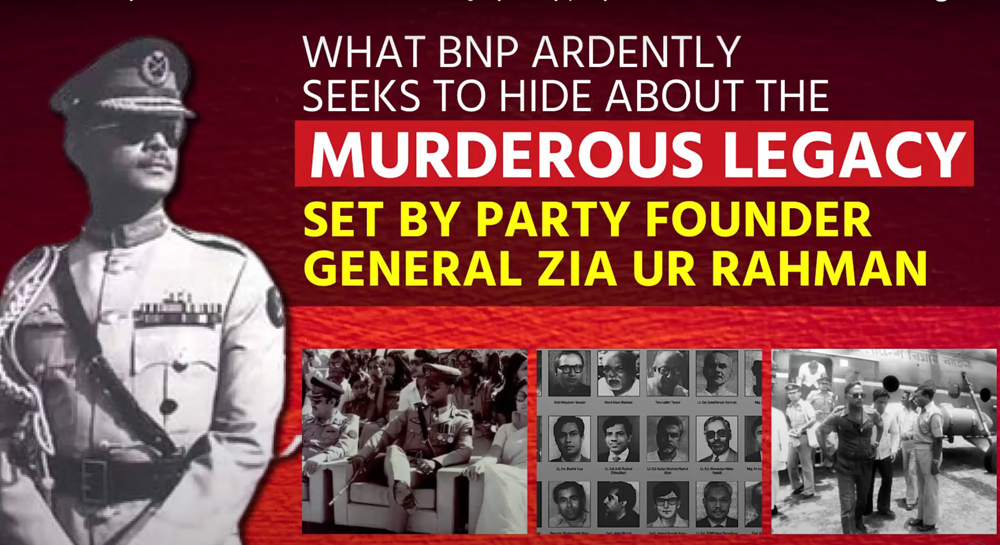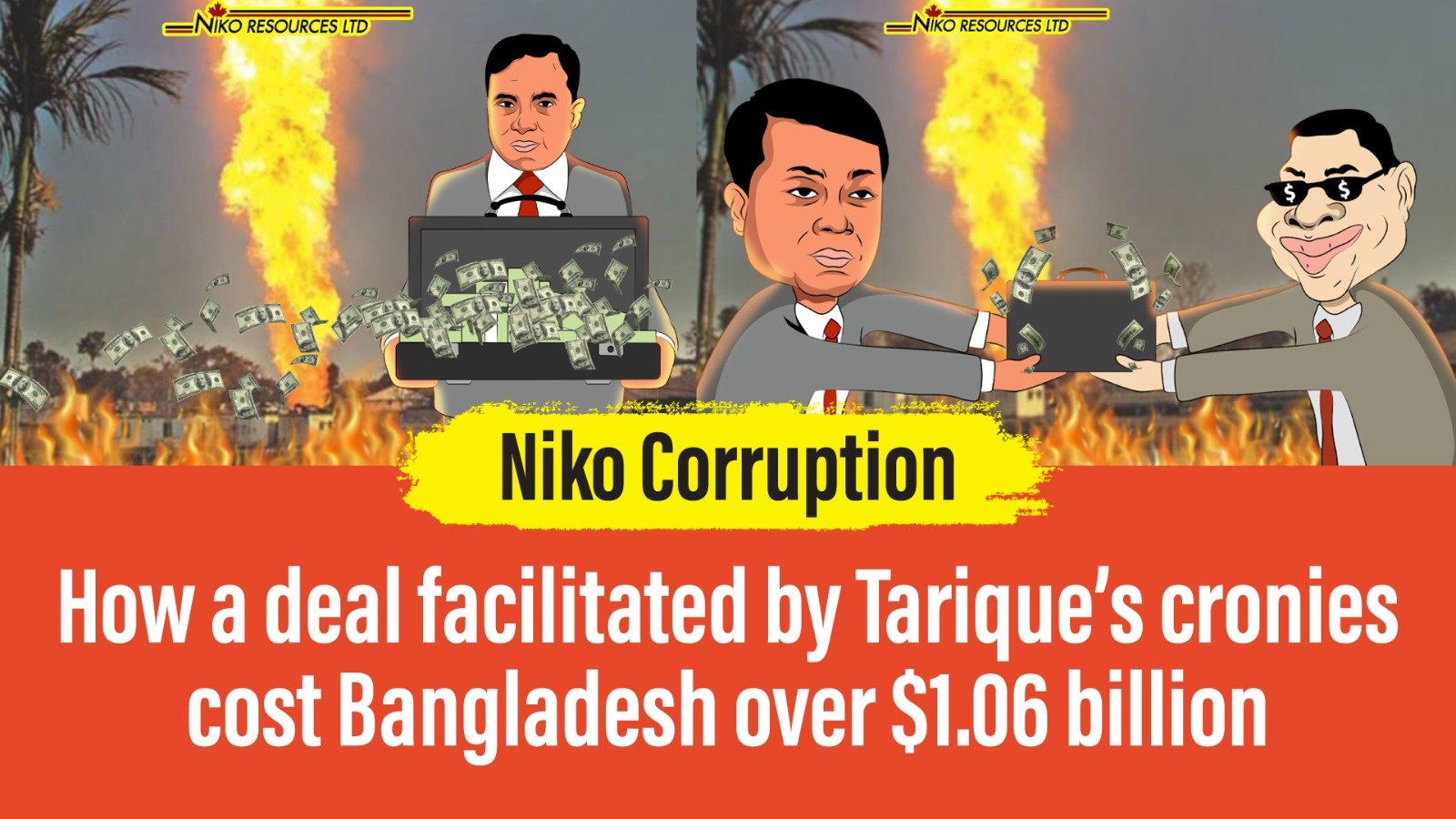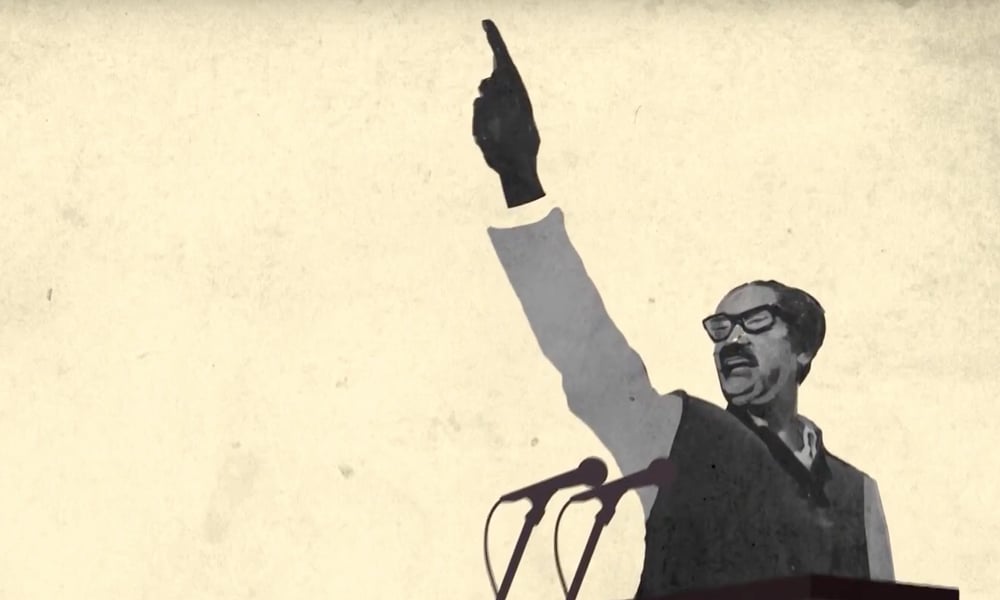10055
Published on May 15, 2018Syed Badrul Ahsan
The first time many of us came to know of Sheikh Hasina was on the day after Bangabandhu Sheikh Mujibur Rahman was freed from the Agartala Case and was released, along with his co-accused, unconditionally. On 23 February 1969, the Karachi-based newspaper Dawn carried a front-page picture of her hugging her father in what was clearly an iconic image. Both she and Bangabandhu looked happy, for obvious reasons.
The first time I met Sheikh Hasina was on an evening in May 1981, a few days after her return from exile in Delhi to take over the leadership of the Awami League. It was a reception arranged for her on the spacious lawn of architect Mazharul Islam's residence in Paribagh. I was there not by invitation but as somewhat of a gate-crasher. His daughter, my good friend Dalia Nausheen (today a reputed Nazrul artiste), who was my colleague at the Dhaka YMCA where we both taught English, had brought me along to meet the new Awami League leader. It was an opportunity I was not ready to pass. With Dalia I went over to her place. On that occasion, it was only a hello that I exchanged with Sheikh Hasina. She was young. Her smile was infectious.
It was a few years later, on a very monsoon morning in 1987, that Bangabandhu's cousin Mominul Haque, whose daughter Farhana was my student, turned up at the Lalmatia home where my wife Zakia and I lived. It was rather early, one of those mornings where you did not feel like getting out of bed. But there was Mominul Haque, our dear Khoka Bhai (who a few years prior to his death left a very riveting account of the life Bangabandhu's family led in some of its darkest moments), asking me to get ready for breakfast with Sheikh Hasina. That was a happy shock. By the way, Khoka Bhai and his daughter had come to know of my profound respect for Bangabandhu through observing a bust of the Father of the Nation we had in our drawing room. The news must have trickled down to Sheikh Hasina and here I was, on that rainy morning, on my way to 32 Dhanmondi for breakfast with the new leader of the Awami League. I cannot pretend I was not nervous.
It was a memorable meeting. Sheikh Hasina, Khoka Bhai and I had a good, hearty, typically Bengali breakfast over a good conversation as it poured outside. The AL leader had meanwhile been reading my articles (I was new to journalism) and concluded, correctly, that I held Bangabandhu in deep, abiding respect. Our breakfast was in Bangabandhu's library on the ground floor. I remember wondering, even as I conversed with Sheikh Hasina, what her feelings must have been given that it was the very place where the biggest tragedy had occurred in the history of the country in August 1975. I remember asking myself --- I still have that question --- how Sheikh Hasina and her sister Sheikh Rehana had managed to keep themselves together, in one piece, after all that massacre had taken place.
There have been assassinations in history, but rarely if at all have been the instances where entire families, or nearly, had been wiped out by gun-carrying men appearing in the depths of the dark. Aung San Suu Kyi lost her father to murder, Benazir Bhutto saw her father walk the gallows, Gandhi and John Kennedy and Martin Luther King were assassinated. In none of these instances were their families killed. In all these years that have passed since my reflections over breakfast at 32 Dhanmondi, I have never ceased to ask that question: how did Sheikh Hasina steel herself, through that huge tragedy, into becoming the powerful leader she is today.
My interaction with Sheikh Hasina has always been an occasion for me to rediscover anew the individual in her. After that breakfast morning, my contacts with her increased, to a point where I often had the opportunity to act as a speechwriter for her, especially when she travelled abroad in the Ershad years. During the campaign for the general elections of February 1991, I was part of the media team she constituted for herself and in that capacity I was present at 32 Dhanmondi on the occasions when foreign media needed to interview her. It felt good working in a very typical western way, briefing her on the kind of questions she could anticipate and the responses she would need to make. She was always ready to learn.
The Awami League defeat in the elections was disappointing. But my contacts remained. At one point, when the decision was made to transform Bangabandhu's home into a memorial, I found myself part of a team tasked with the selection of photographs and other images that could go into the making of a gallery on the ground floor of the residence. We had a team, comprising Sheikh Hasina, the late Gaziul Haq, Baby Moudud, Siddiqur Rahman and myself, which had the job of sifting through the huge collection of photographs in Bangabandhu's innumerable family albums and selecting the ones we needed for the memorial museum. It was painful being in Sheikh Kamal's and Sheikh Jamal's rooms. Indeed, it was agony being in that home knowing how iconic it had become in history and yet remembering what terrible deeds had been done there by villainous men.
A fundamental part of my work, as the museum took shape, was looking into the English language captions of the photographs which today line the walls of the Bangabandhu Memorial Museum. In one corner of the hall, a large photograph of the truck bringing Bangabandhu, in January 1972, from the old Tejgaon airport to the Race Course (now Suhrawardy Udyan) is set against the wall. Every time I visit the museum, I watch that picture, knowing that at the back of the truck, invisible to the photographer, I am hanging on. I would hang on there, all the way to the Race Course. I once told Sheikh Hasina the story. She was amused.
As the Prime Minister steps into her seventieth year --- she is one of those people you can safely describe as Midnight's Children, having been born slightly over a month after the cataclysm of Partition in 1947 --- I reflect on the sheer grit and determination with which she has pursued politics as a career. One of the happiest moments for this nation was the day Sheikh Hasina took over as Bangladesh's Prime Minister in June 1996. It was in the evening when, having been sworn in at Bangabhaban, she arrived at 32 Dhanmondi with her husband, the decent, self-effacing Dr. Wazed Miah. It was a moment poignant with huge pain and great joy. The pain was in remembering that on the stairs of that residence the Father of the Nation had lain, done to death by dark conspiracy. The joy was in experiencing Bangabandhu's daughter finally making it to power. She was a power woman who had proved her mettle as a politician. With so many others, I watched the nation's new leader. I remember that as she stepped out of the car, I told her, in English, 'Welcome home, Prime Minister'. For the very first time in all the years I had interacted with her, I thought it inappropriate to address her as Apa.
Yes, it is her courage, her steadfastness of purpose, her resilience which have made Sheikh Hasina the formidable politician she is today. Of course, there are the frailties, the indiscretions, the faux pas that emanate from her as they do from other politicians around the world. But for Bangladesh's people, her leadership has been a historical necessity. Until she came along, no one really believed that Bangabandhu's assassins could be brought to justice. Until she arrived, no one could imagine that the perpetrators of war crimes in 1971 could have their comeuppance. Until she took charge of her party, few thought that the long era of military and quasi-military rule would see its twilight. She has succeeded in achieving all three of these goals --- and more.
Sheikh Hasina has always come across as a warm human being, a trait she has certainly inherited from her family. Even those who have not always agreed with her politics have remarked on the good cheer she exudes, on the sense of humour she exhibits in her moments away from the limelight. Abroad, she has interacted with statesmen with dignity becoming the elected leader of a nation. In the years I served as media spokesperson at our diplomatic mission in London, I had occasion to observe the gravitas she brought into her deliberations with other heads of government. I observed her in Edinburgh in 1997 as she engaged in good banter with Tony Blair; she engaged purposefully with Mahathir Mohammad and Inder Kumar Gujral; she went into friendly conversation with Nawaz Sharif despite the sensitivities of the past.
A couple of years ago, a telephone call from Ganobhaban for me made it known that the Prime Minister wished to see me. When I turned up in the evening, I realized that she had been kept in the dark about me. She had been looking for me but had been told I spent much of the year abroad and a very limited time at home. When I informed her it was absolutely the other way round, she appeared surprised. But why had she been wanting to see me? Her answer was touching, for it demonstrated her confidence in me. She had wanted me to render into English Bangabandhu's posthumous memoirs, Oshomapto Atyojiboni. By then, the translated edition had already made its appearance.
On the last day of August this year, it was my privilege to share the stage with her at a discussion on Bangabandhu and Begum Fazilatunnesa Mujib. As I walked past her toward the microphones, she said softly, 'Take as much time as you want. My speech will be brief.' I ended up speaking for nearly an hour.
Courtesy: Daily Observer
